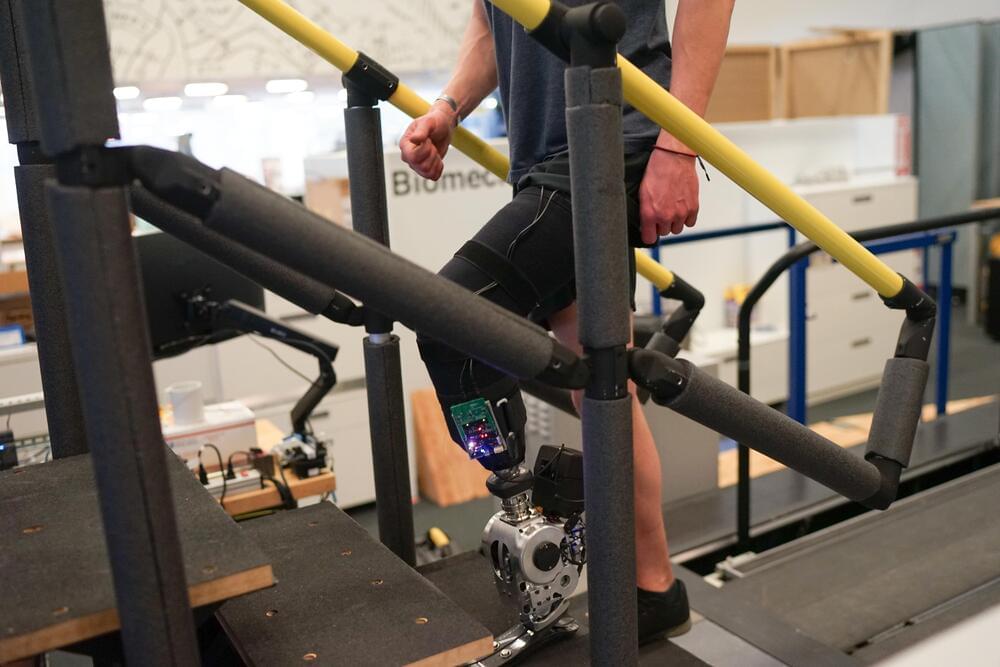In addition to lowering your cholesterol, keeping your brain healthy and improving mental health, new research from the University of Georgia suggests omega-3 and omega-6 fatty acids may help ward off a variety of cancers.
The study relied on data from more than 250,000 people and found that higher…
But most Americans probably aren’t eating enough of these foods to reach the recommended amounts.
That’s why many individuals turn to fish oil supplements. They’re one of the most popular dietary pills on the market and for good reason.
Previous studies suggest omega-3 supplements can reduce the risk of developing high cholesterol and lower the risk of heart disease.








